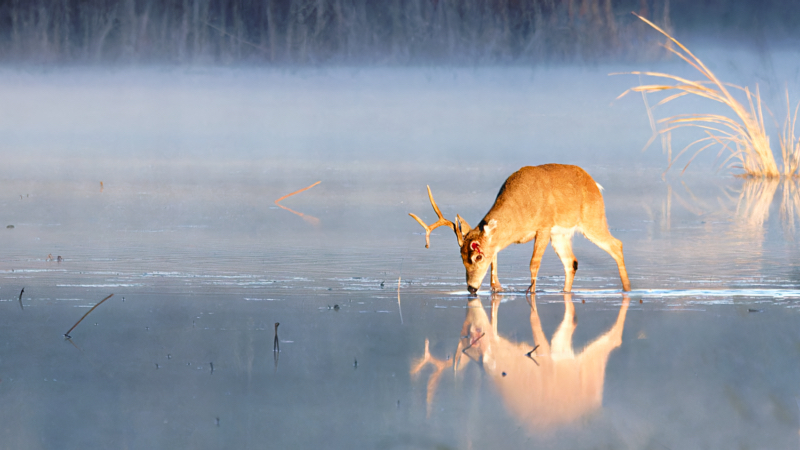Today’s image that I took is of a Whitetail Buck that has recently shed an antler. You can tell that it was recent because you can see fresh blood.

Observing a Whitetail Buck with a freshly shed antler can prompt questions about the process and whether it causes discomfort to the animal. Let’s explore this intriguing aspect of deer biology.
Shedding Antlers: Nature’s Cycle
When bucks shed their antlers, it’s a natural and cyclical process that typically happens every year. This process is triggered by changes in hormone levels, particularly testosterone, which decreases after the mating season.
Pain Perception
While it’s difficult to determine the exact sensations experienced by deer during antler shedding, research suggests that the process is not inherently painful. Antlers are made of bone-like tissue called “antler bone,” which lacks nerve endings. Therefore, the shedding itself likely does not cause pain to the buck.
Potential Discomfort
However, the area where the antler detaches, known as the pedicle, might experience some sensitivity or discomfort due to the breaking of blood vessels and the presence of exposed tissue. This could result in minor bleeding or irritation.
Adaptations for Healing
Deer have evolved remarkable adaptations for healing and coping with various physical changes. The bleeding I witnessed is part of the natural healing process, where the body works to seal off blood vessels and regenerate tissue at the site of antler shedding.
Behavioral Responses
While the physical act of shedding may not be painful, bucks might exhibit changes in behavior during this time. They may become more reclusive or less active as their bodies adjust to the loss of antlers, which can affect their ability to defend themselves or compete for mates.
In conclusion, while shedding antlers is a natural process for Whitetail Bucks, it’s unlikely to be painful in the same way that injury or trauma might be. However, the healing process at the site of antler detachment could cause minor discomfort. By understanding and respecting the natural cycles of wildlife, we can continue to appreciate and capture the beauty of these magnificent creatures in their natural habitats.

